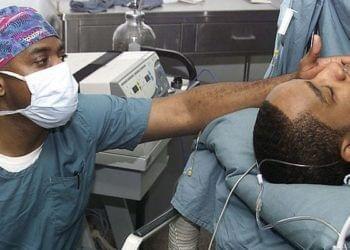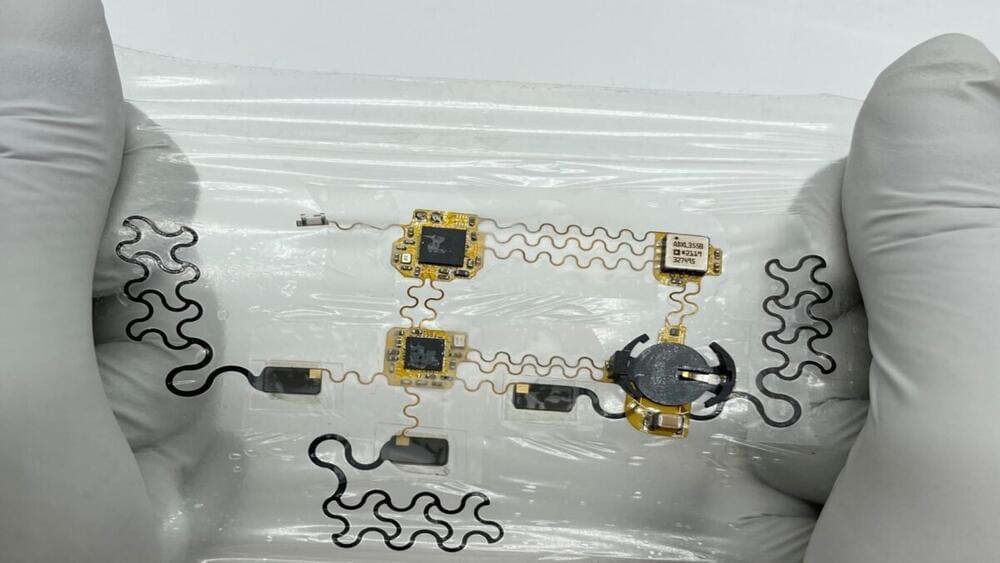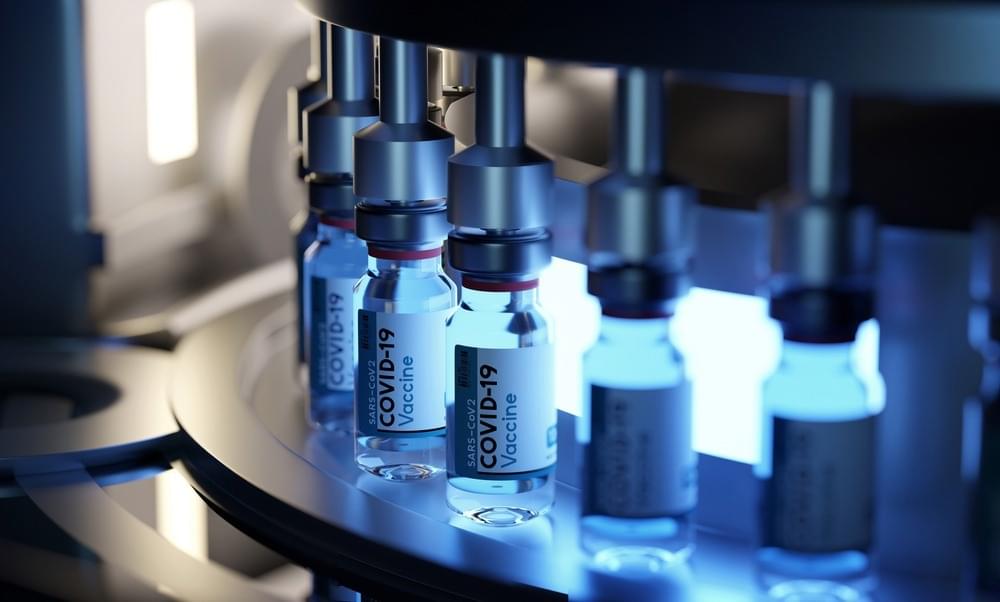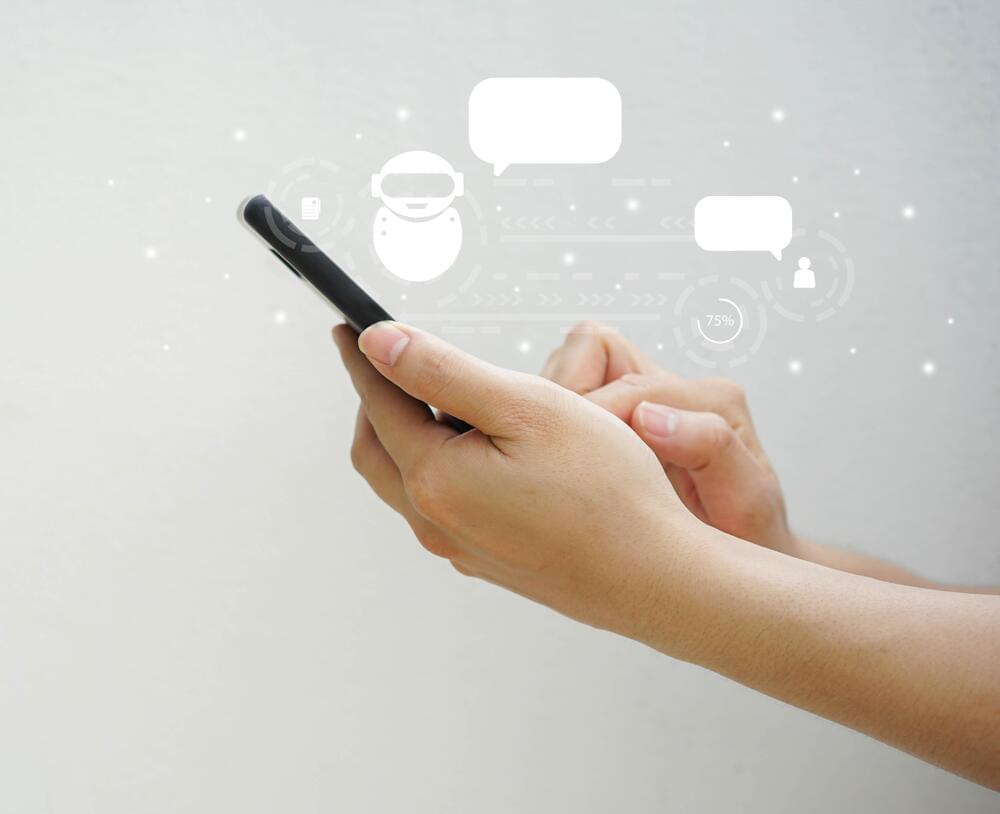A team of scientists at the Instituto Italiano di Tecnologia in Italy has created the world’s first completely edible and rechargeable battery. The innovative battery could be used to power edible electronics for health diagnostics, food quality monitoring, and edible soft robotics.
Edible Rechargeable Battery
The proof-of-concept battery cell study was published in a paper in the Advanced Materials journal in March. The research team took the basic components of a traditional battery and replaced them with materials commonly consumed in our daily diets. As Mario Caironi, a scientist who coordinated the project, explained, “The battery is made only from non-toxic and edible materials. All of its materials are either derived from food or considered food or food additives.”







